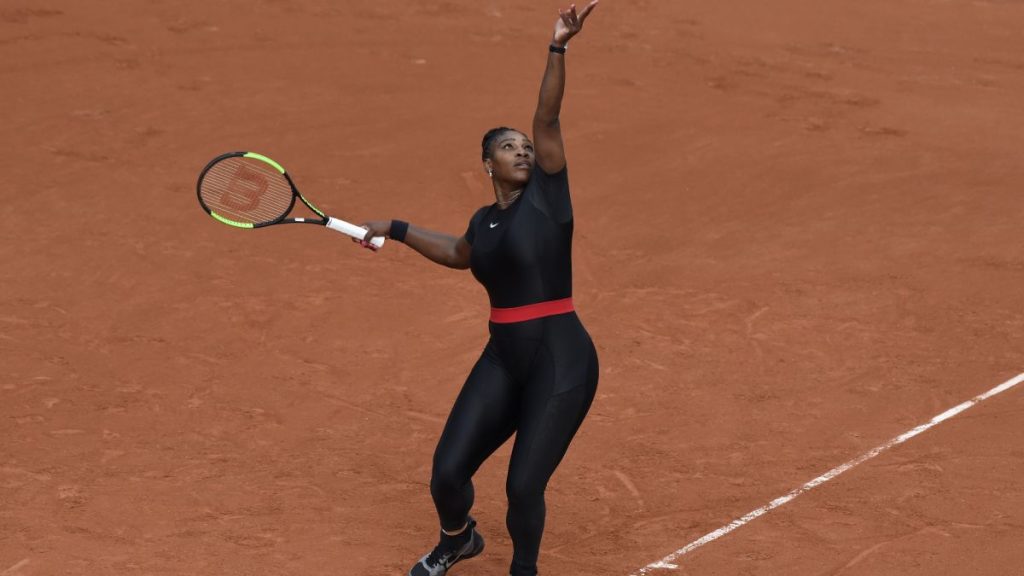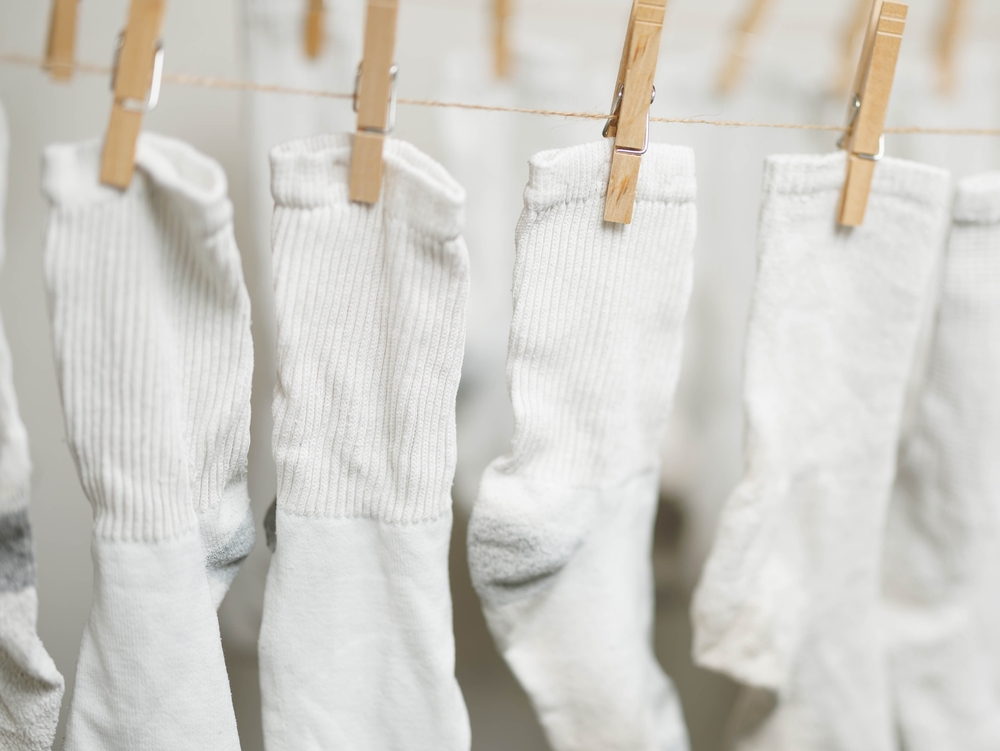Most Grand Slam tournaments have ditched the all-white requirement to embrace modern branding, but not Wimbledon.
Others are reading now
Crisp, clean, and unmistakably classic, all-white outfits have long defined the look of tennis. While many tournaments have relaxed this dress code over time.
Wimbledon remains famously strict, preserving a tradition that dates back to the sport’s elite beginnings in Victorian England.
Wimbledon’s No-Compromise Policy

Wimbledon takes “tennis whites” seriously, in fact, Roger Federer’s orange-soled sneakers were banned after his first-round match in 2013.
The rules, once loosely defined as “predominantly white,” were updated to “almost entirely white,” banning even off-white shades, colored panels, and mismatched soles.
Practicality or Prestige?

Though sweat concealment and sun reflection are often cited as practical reasons for the all-white dress code, historians argue the real roots lie in elitism.
Also read
White fabrics, hard to keep clean and requiring meticulous care, once served as status symbols in Victorian lawn tennis, particularly among women, who were newly welcomed into sport.
Fashion Meets Function: A Legacy of Rebellion

From Suzanne Lenglen’s liberated calf-length skirts in 1919 to Serena Williams’ bold catsuits, tennis players have often challenged the sport’s fashion codes.
While men’s attire has changed incrementally, women’s styles have evolved dramatically. Often pushing boundaries in both design and cultural conversation.
Zendaya and the New Wave of Tennis Style

Fashion and tennis have never been closer. Zendaya’s 2024 press tour for Challengers showcased a high-fashion, tennis-inspired wardrobe, blending on-court aesthetics with couture drama.
The campaign, which even featured a faux match with Federer, highlighted tenniswear’s lasting influence far beyond the game.
Also read
Rule Breakers and Game Changers

Whether it was Anne White’s banned white catsuit in the ’80s or Venus Williams’ lingerie-inspired designs, players have consistently pushed against rigid codes.
Serena Williams’ compression catsuit at the 2018 French Open, worn for medical reasons, was later banned, though eventually legitimized by the Women’s Tennis Association.
The Color Conundrum

Most Grand Slam tournaments have ditched the all-white requirement to embrace modern branding, but not Wimbledon.
The tournament’s color restrictions frustrate players and apparel sponsors alike. Fila and Nike have both had to scramble when bold designs were abruptly disqualified from the court.
Branding vs. Tradition

For sportswear brands, color and logo visibility are key for recognition and profit. But at Wimbledon, branding takes a back seat to uniformity. When Federer’s orange soles were pulled from play,
Also read
Nike turned the moment into a cheeky ad campaign, selling the banned kicks as “One Match Wonders.”
Player Pushback

Wimbledon’s dress code has spurred boycotts and public protest. Andre Agassi famously skipped the tournament from 1988 to 1990, objecting to its fashion rigidity.
More recently, women have been asked to change undergarments mid-match for showing “inappropriate” colors.
Why the White Rules Won’t Change

Despite criticism, Wimbledon shows no signs of easing its all-white policy. “Wimbledon sees its anachronisms as part of its brand,” said tennis journalist Ben Rothenberg.
The look is unique, instantly recognizable, and in the eyes of tournament organizers a tradition worth preserving, even as fashion continues to evolve courtside.


